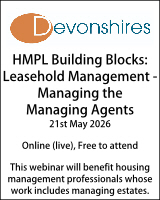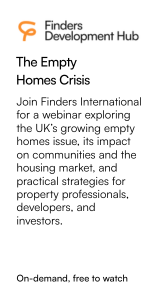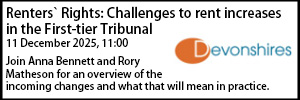Noise nuisance and hypersensitivity under the Environmental Protection Act 1990
- Details
Piers Riley-Smith analyses a judgment of the High Court in an appeal by case stated concerning the wrongful dismissal in the Magistrates Court of an application for an Abatement Order (‘the Order’) under s.82 of the Environmental Protection Act 1990.
The case concerned a noise nuisance which arose from a Multi-Use Games Area (‘MUGA’) and Skate Park in close proximity to residential properties in Chapel-en-le-Frith.
The District Judge in Manchester Magistrates Court had refused the application for the Order on the basis that he drew a distinction between noise that emerged from the ‘intended’ use of the MUGA/Skate Park and noise that emerged from the unintended use (e.g use outside of the advertised operating hours, kicking of balls against a fence, and the playing of loud music). The District Judge considered that only noise from the intended use was relevant. Further, the District Judge also found that the Appellants were ‘hypersensitive’ because they had also suffered from anti-social behaviour from the MUGA/Skate Park (the targeting of footballs kicked at properties) which caused them stress and anxiety.
The Appellants made a case stated appeal to the High Court on the basis that the District Judge was wrong to draw such a distinction, and wrong to find that the Appellants could be hypersensitised by anti-social behaviour which was associated with the nuisance causing premises.
Mr Justice Turner found for the Appellants on all three questions of law raised.
The Court held that the distinction between intended noise and unintended noise was an irrelevant one. Noise nuisance was concerned with noise “as a whole” which was ‘emitted’ from the premises.
Furthermore, in findings which have wider relevance for the law of nuisance, the Court set out the narrow scope that the concept of ‘hypersensitivity’ has in the present day. The case concerned ‘hypersensitivity’ which did not relate to a pre-existing condition/objective situation but instead was the subjective ‘stress and anxiety’ caused by anti-social behaviour associated with the noise nuisance causing premises. The only case law which supported such a finding was “of some vintage” (1872).
The Court set out two key principles in relation to this type of hypersensitivity. The first was that the test was not whether the Appellants were hypersensitive but whether a person of normal resilience – in those same circumstances – would tolerate it. The second was that where the actionable nuisance was also causative of the hypersensitivity (as in here) it would not absolve the nuisance maker of liability.
Both principles had not previously been clearly set out by the Court in relation to hypersensitivity and so will be of considerable relevance to future nuisance proceedings where hypersensitivity is raised as a defence.
A copy of the main judgment may be found here with a later judgment granting an Abatement Order under s.82.
Piers Riley-Smith is a barrister at Kings Chambers. He appeared for the successful appellants, instructed by Dr Paul Stookes at Richard Buxton Solicitors.

























